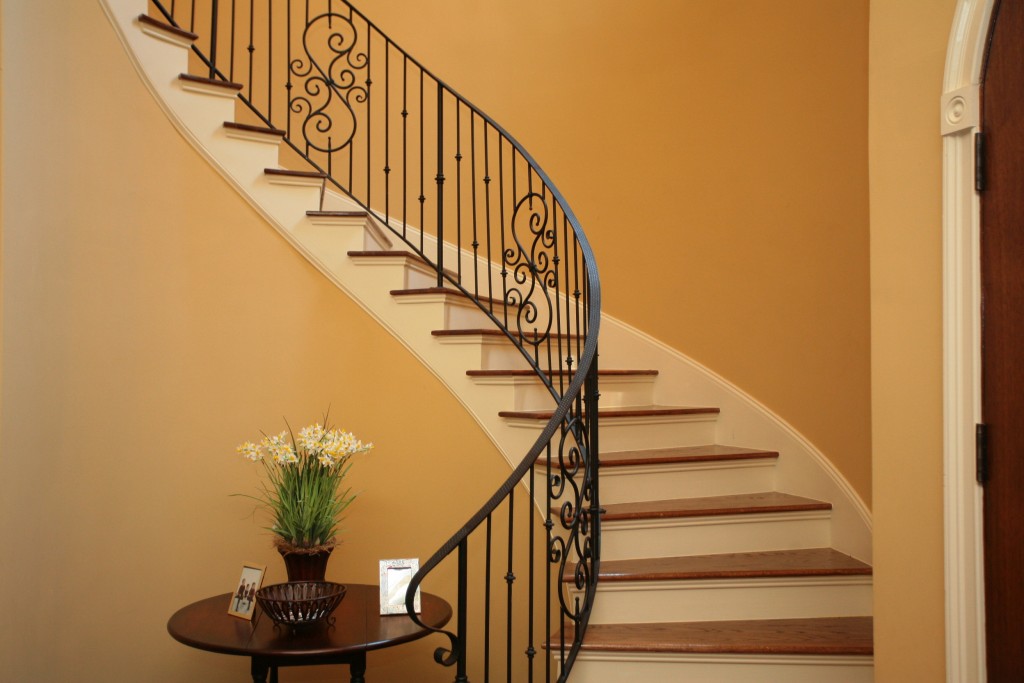Staircases are a vital construction feature for any building with more than one level. With careful planning and designing, one can ensure that staircases would be functional, safe, and aesthetically pleasing. But just as important as the planning and design is deciding which material to use for your staircase. Staircases will be used frequently and should be able to handle a considerable amount of weight and foot traffic, which is why one should choose a material that can meet this criterion, but also be able to match the building/structure’s style.
The usual or go-to materials for staircases and steps is concrete or wood, simply because they’re cheap, easy to install, and durable. But here’s why you’re better off with a steel staircase:
Sturdy, Durable, Easy to Maintain
Steel staircases can withstand a lot of impact, weight, and vibration, and is heat and fire-resistant, unlike wood. Steel has high tensile strength, making it dependable even in case of natural calamities such as earthquakes. Steel staircases also do not corrode or rot over the years, and do not warp or deteriorate when exposed to water, and does not require staining or varnishing. The most common issue with steel is rusting, which can be prevented by either using galvanized or stainless steel or using a protective layer of paint. In case of any damages, steel is fairly easy and cheap to repair or replace as well. Steel can also last for decades – making it an inexpensive yet effective long-term investment.
Environmental Option
Unlike wood, steel does not require trees to be chopped down just to make stairs. Additionally, steel is easily recyclable, and, in fact, one can even opt to use recycled steel for their staircase and other construction projects which would normally be cheaper.
Economic and Easy to Install
Steel, as a material, is arguably cheaper than concrete and wood, and not just for its initial cost; as steel can last longer and requires less maintenance, it is by far one of the cheapest materials to use when one accounts its longevity. Not only the material, but the process of steel fabrication is cheap, as well. Steel could be designed and pre-fabricated then easily assembled on site. This allows one to save time, effort, and resources.
Versatile and Customizable
 Apart from looking sleek and modern, steel is quite malleable and can easily be molded into almost any staircase design (winding, straight, curved, L-shaped, u-shaped, etc.). Steel can be formed to create unique designs, allowing you to have ornate railings or even customized treads. Additionally, steel can easily be used and blend in well with other materials such as concrete, wood, and even glass. Steel staircases can fit into almost any settings – residential, commercial, industrial structures, and could be customized further to adapt the style of the structures. Unlike wood, stone, and other materials, one doesn’t have to consider whether to use the material indoors or outdoors as steel can withstand the elements if placed outdoors, and can still be aesthetically pleasing when installed indoors.
Apart from looking sleek and modern, steel is quite malleable and can easily be molded into almost any staircase design (winding, straight, curved, L-shaped, u-shaped, etc.). Steel can be formed to create unique designs, allowing you to have ornate railings or even customized treads. Additionally, steel can easily be used and blend in well with other materials such as concrete, wood, and even glass. Steel staircases can fit into almost any settings – residential, commercial, industrial structures, and could be customized further to adapt the style of the structures. Unlike wood, stone, and other materials, one doesn’t have to consider whether to use the material indoors or outdoors as steel can withstand the elements if placed outdoors, and can still be aesthetically pleasing when installed indoors.
Steel staircases offer a lot of advantages over other materials. So why not consider having on in your next building project?
